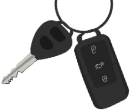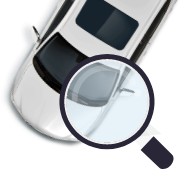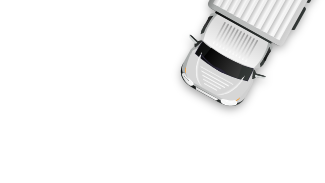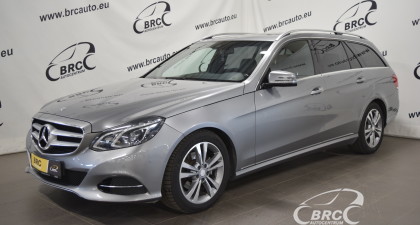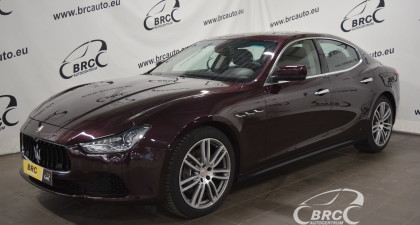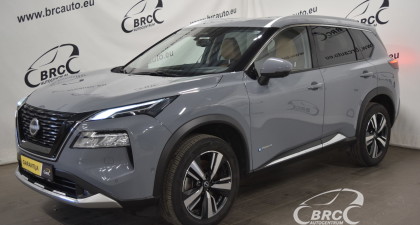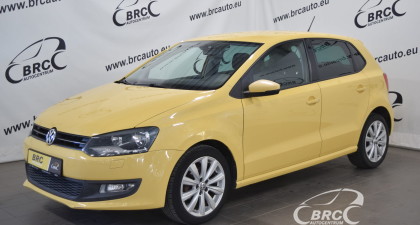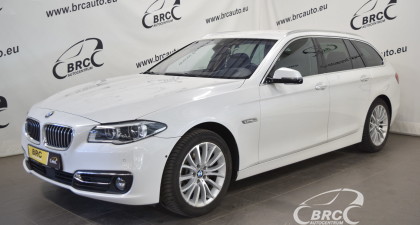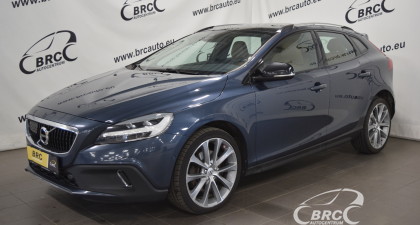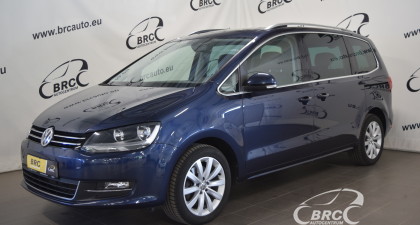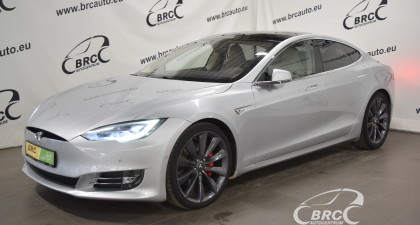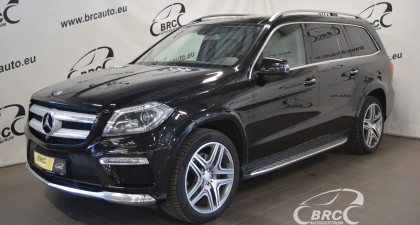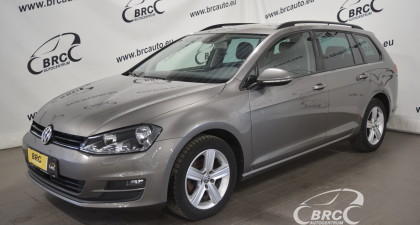New offers
Mercedes-Benz E 220 CDI
2013 | 2.2 Diesel | Automatic | 318291 km | 125 kW (170 HP) | Grey
Maserati Ghibli 3.0T V6 RWD
2015 | 3.0 Petrol | Automatic | 104006 km | 243 kW (330 HP) | Purple
Audi SQ7 Quattro V8T
2016 | 4.0 Diesel | Automatic | 138294 km | 320 kW (435 HP) | Blue
Nissan X-Trail FWD A/T
2023 | 1.5 Petrol | Automatic | 51408 km | 116 kW (158 HP) | Grey
Volkswagen Polo DSG
2010 | 1.6 Diesel | Automatic | 238168 km | 66 kW (90 HP) | Yellow
BMW 530 dA xDrive Luxury Line
2013 | 3.0 Diesel | Automatic | 238218 km | 190 kW (258 HP) | White
Mitsubishi Eclipse Cross AWD
2020 | 1.5 Petrol | Automatic | 64734 km | 120 kW (163 HP) | Red
Volvo V40 Cross Country
2018 | 2.0 Diesel | Automatic | 218357 km | 140 kW (190 HP) | Blue
Volkswagen Sharan DSG TDi 7 Sēdv.
2016 | 2.0 Diesel | Automatic | 120320 km | 110 kW (150 HP) | Blue
Mercedes-Benz GL 350 Bluetec 4Matic
2015 | 3.0 Diesel | Automatic | 280229 km | 190 kW (258 HP) | Black
Volkswagen Golf Variant DSG
2014 | 2.0 Diesel | Automatic | 196708 km | 110 kW (150 HP) | Grey

Purchasing a car in installments
Buying a car in instalments is a common practice in a modern world. BRC offers a wide range of financing options for legal entities, including start-ups; works with all leasing companies operating in Lithuania, and helps to determine the most attractive financing conditions for companies and individuals.

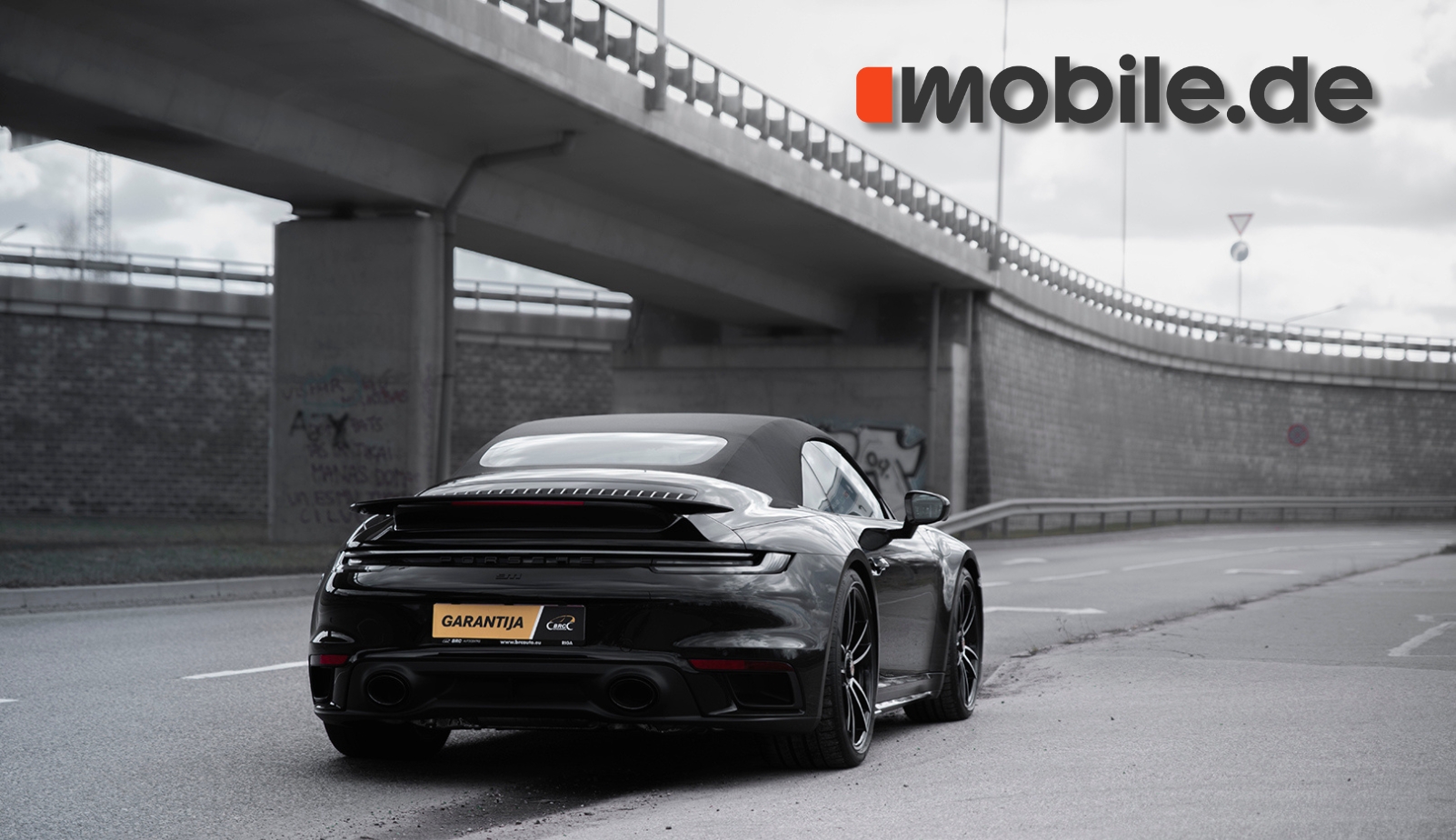
MOBILE.DE PARTNERSHIP
Choose car from all Europe and we will deliver it to you at an average of 1 week.


